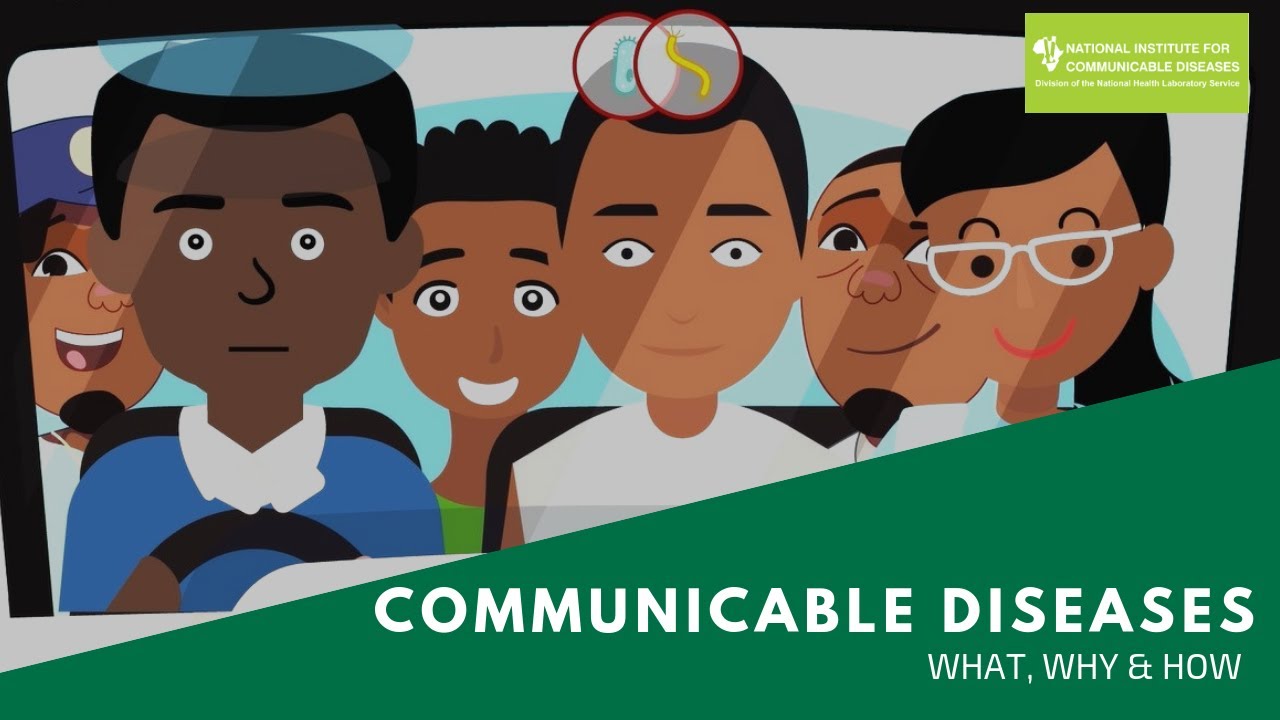Sexually Transmitted Diseases (STDs), Causes, Signs and Symptoms, Diagnosis and Treatment.
Summary
TLDRThis video discusses sexually transmitted diseases (STDs), including their transmission through sexual contact and non-sexual means. It highlights common STDs such as chlamydia, herpes, HIV, and HPV, and emphasizes the importance of testing and treatment. The video also covers the various causes of STDs, such as bacteria, parasites, and viruses, and stresses preventative measures like safe sex and vaccinations to reduce risk.
Takeaways
- 📣 STDs, also known as STIs, are infections primarily spread through sexual contact.
- 👶 Some STDs can be transmitted non-sexually, such as from mother to child during childbirth or breastfeeding.
- 🤰 Pregnant women are encouraged to get tested and treated for STDs to prevent complications for the baby.
- 🚫 STDs can cause infertility and increase the risk of unknowingly passing the disease to others.
- 📉 Common STDs include chlamydia, genital herpes, HIV/AIDS, gonorrhea, and syphilis.
- 🌐 In 2015, approximately 1.1 billion people were reported to have non-HIV/AIDS STDs, resulting in about 108,000 deaths.
- 🦠 STDs can be caused by bacteria, parasites, or viruses, with each type requiring different treatments.
- 🌡 Symptoms of STDs can include unusual discharge, sores, rashes, and pain during urination or sex.
- 🩺 STDs are diagnosed through blood tests, urine samples, and fluid samples from genital sores.
- 💊 Treatment for bacterial and parasitic STDs often involves antibiotics, while viral STDs may require anti-viral drugs.
- 🛡 Prevention strategies include abstinence, vaccination, having fewer sexual partners, and avoiding substances that impair judgment.
Q & A
What are the primary ways sexually transmitted diseases are spread?
-Sexually transmitted diseases are primarily spread through sexual contact, including vaginal, anal, and oral sex.
Can STDs be transmitted through non-sexual means?
-Yes, some STDs can spread through non-sexual contact such as sharing unsterilized drug needles, from mother to infant during childbirth, breastfeeding, and blood transfusions.
What are the potential consequences of STDs for infants?
-STDs transferred to an infant during childbirth may result in poor outcomes for the baby, including health complications and developmental issues.
Why are pregnant women encouraged to be tested for STDs?
-Pregnant women are encouraged to be tested and treated for potential STDs to prevent the transmission of the infection to their babies and to ensure a healthy birth.
Which STDs are curable and which are not?
-Curable STDs include syphilis, crabs, gonorrhea, trichomoniasis, and chlamydia. Incurable ones include herpes, HIV, human papilloma virus, and hepatitis B.
What was the global impact of STDs in 2015?
-In 2015, about 1.1 billion people were reported to have STDs other than HIV/AIDS, resulting in approximately 108,000 deaths.
What are some common symptoms of STDs?
-Symptoms can include painful or burning urination, pain or discomfort during sex, unusual vaginal discharge, fever, lower abdominal pain, and sores, bumps, or rashes on or around the genitals or anus.
Why is it difficult to diagnose STDs based on symptoms alone?
-STDs cannot be diagnosed based on symptoms alone because many STDs initially do not cause symptoms, and symptoms can be similar across different conditions.
Who should get screened for STDs?
-Everyone should get screened for STDs, including pregnant women, sexually active individuals, men who have sex with men, people with HIV, and people with new partners.
How can STDs be treated?
-Treatment varies depending on the type of STD. Bacterial and parasitic STDs can be treated with antibiotics, while viral STDs are managed with anti-viral drugs to reduce transmission risk.
What steps can be taken to prevent or reduce the risk of contracting STDs?
-To prevent or reduce the risk of STDs, one can abstain from sexual acts, use vaccinations, have one sexual partner, avoid alcohol and recreational drugs, and practice safe sex.
Outlines

This section is available to paid users only. Please upgrade to access this part.
Upgrade NowMindmap

This section is available to paid users only. Please upgrade to access this part.
Upgrade NowKeywords

This section is available to paid users only. Please upgrade to access this part.
Upgrade NowHighlights

This section is available to paid users only. Please upgrade to access this part.
Upgrade NowTranscripts

This section is available to paid users only. Please upgrade to access this part.
Upgrade NowBrowse More Related Video

Ngobrol Bareng Dokter - Penyakit Menular Seksual

Penyakit Menular Seksual: Penyebab, Gejala, Pengobatan, dan Pencegahan

STD and STD Symptoms

GEJALA PRIA MENGALAMI SAKIT SIFILIS - DOKTER SADDAM ISMAIL

Sistem Reproduksi Manusia Kelas 9 SMP (Part-4) Penyakit Sistem Reproduksi Manusia

COMMUNICABLE DISEASES | What? Why? How?
5.0 / 5 (0 votes)